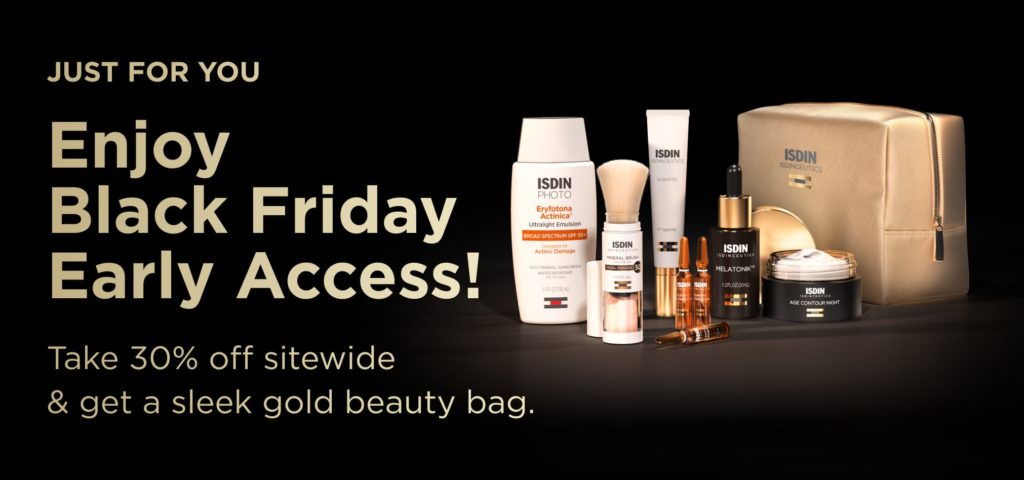[ad_1]
Your mom uses one type. Your coworker, another. Your sister swears by a brand you’ve never heard of. And your bestie forgot to put theirs on this morning (gasp!).
With so many differing sun protection habits and opinions, how do you know which is the best sunscreen for your skin? Between different lifestyles, plus various skin types, tones, and concerns, there’s a lot to consider when choosing a sunscreen.
So, what do you need to know? We’ve got the answers to the most common sunscreen queries here:
Do I really need to wear sunscreen every day?
Yes! Sun damage doesn’t only occur during summer. Solar radiation can penetrate clouds and reflect off surfaces such as snow. So sun protection really isn’t just limited to summertime!
The sun’s UVA rays also pass through windows, and even though the damage caused by UVA rays isn’t always immediately apparent, radiation can still reach your skin while you’re at home, driving, or working at the office.
It’s important to remember that sun damage is much more than just sunburn once in a while – sun damage is accumulative, and sunscreen helps protect your skin from sunburns, premature skin aging, and skin cancer.
Check your UV index right now here!
If I don’t burn, why is sunscreen so important?
Unfortunately, there is no such thing as ‘safe’ tanning or unprotected sun exposure. Unprotected sun exposure can damage skin cells, speed up the natural aging process, and increase the risk of skin cancer. So, even if you have a deeper skin tone or don’t burn easily, the sun still impacts your skin.
To protect your skin, it is best to use sunscreen and follow good sun protection habits, such as seeking shade and wearing a wide-brimmed hat, sunglasses, and protective clothing.
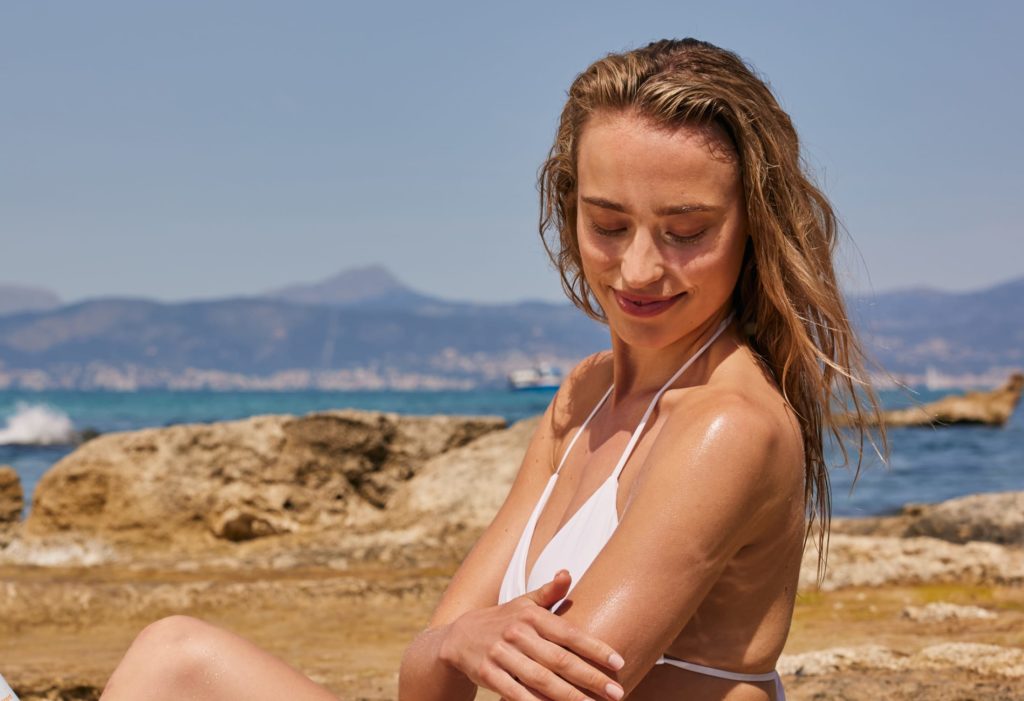
What does sunscreen have to do with skin aging?
Your skin has its own memory, and damage accumulates as the years go by. UV radiation produced by the sun provokes unstable molecules, called free radicals, to break down proteins in the skin. Our bodies have natural defenses against these free radicals in the form of antioxidants. But if the number of free radicals produced becomes too great, cell and DNA damage can occur.
This process is called oxidative stress, and it becomes apparent in the skin through the earlier development of fine lines, wrinkles, and pigmentation – in other words, premature aging.
The good news? Sunscreen can help combat this process by protecting skin from the photoaging effects of the sun.
What does ‘broad spectrum’ protection mean?
First, let’s talk about the solar spectrum. The solar spectrum is made up of different kinds of radiation, and a couple of them might sound familiar:
UVA rays: Often referred to as ‘aging’ rays, this type of solar radiation is responsible for premature aging of the skin (photoaging), including the appearance of sunspots and wrinkles. This type of ray can pass through glass or car windows.
UVB rays: This type of ray is the primary cause of sunburn (which is why it’s known as the ‘burning’ ray). And like we mentioned, tanning, rather than being healthy, is an indication of sun damage in the skin.
Both types of ray also contribute to the risk of developing skin cancer. Fortunately, sunscreen with broad spectrum protection protects against both types.
Why should you use broad spectrum sunscreen?
Remember: UVA radiation is responsible for long-term damage, such as photoaging and skin cancer, while UVB radiation contributes to sunburns. And broad spectrum sunscreen protects the skin from both types of solar radiation (UVA and UVB). This is why it is the only type of sunscreen recommended by the American Academy of Dermatology.
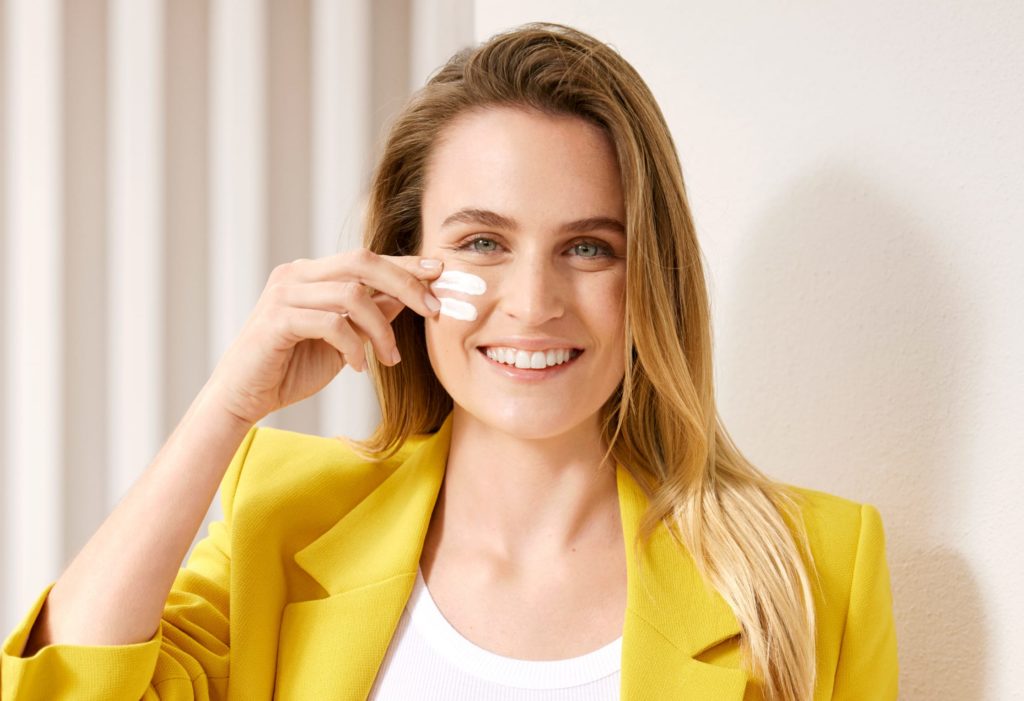
What do the letters ‘SPF’ stand for?
SPF stands for sun protection factor. The efficacy of your sunscreen is measured by the amount of protection it offers your skin against sunburn and skin tanning, both of which are types of sun damage that increase the risk of developing skin cancer.
SPF measures the amount of time your sunscreen will help protect your skin from UVB radiation.
What do the numbers after SPF mean?
Good question! The numbers indicated on your sunscreen, such as SPF 30 and SPF 50, tell you how long it would take for UVB radiation to burn your skin when out in the sun (as long as you’re using the sunscreen exactly as directed on the label).
When using sunscreen, it’s always best to choose a higher SPF because this will increase the time it takes for your skin to burn while in direct sunlight. But, you still need to reapply sunscreen often! More on that in a sec.
What is mineral sunscreen, and how does it work?
Mineral sunscreens use mineral ingredients like zinc oxide and titanium dioxide to help protect your skin from the sun. They work by forming a ‘shield’ on top of the skin, helping to deflect the sun’s rays. So, they’re also sometimes called physical sunscreens.
Many dermatologists recommend mineral formulas as they are generally suitable for a wide range of skin types, including sensitive skin. And with the right formulation, they can do more than just protect. Our unique Eryfotona mineral sunscreens help repair existing sun damage in the skin through the use of DNA Repairsomes®.

What about chemical sunscreen?
As opposed to mineral sunscreens, chemical sunscreens are absorbed into the skin. They help turn UV radiation into dispersed heat. And as long as your sunscreen has an SPF of 30 or higher and offers broad spectrum protection, using chemical vs. mineral sunscreen is all about personal preference.
What is water-resistant sunscreen?
When a sunscreen is water resistant, it means the SPF has been tested and shown to remain effective while swimming or sweating (e.g exposed to water). This is measured by a period of 40 or 80 minutes. Check the label on your sunscreen, which will tell you if the product is water resistant, and how long it will remain effective when your skin gets wet.
The two-hour rule of application applies only to dry skin, so it’s important to stick to regular 40-minute applications while swimming or sweating (e.g doing sports).

Is there a difference between face sunscreen and body sunscreen?
To start, there are properties every sunscreen should have. The American Academy of Dermatology recommends using sunscreen that:
- Has an SPF of 30 or higher
- Offers broad spectrum protection
- Is water resistant
The major difference between body and face sunscreen is texture and formulation. Sunscreen shouldn’t feel like a chore to wear, especially when it comes to daily facial sunscreen. It’s crucial to find a formula that fits your skin.
Enter Eryfotona Actinica. The SPF 50+ 100% mineral formula offers broad spectrum protection and melts into the skin without an oily, greasy finish.
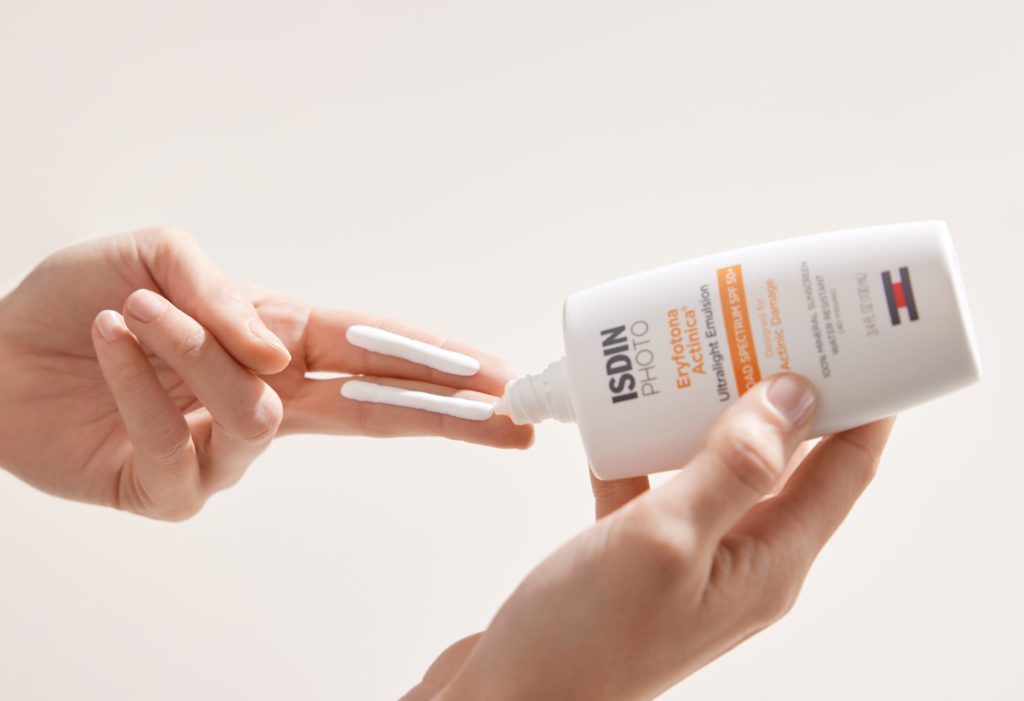
Does sunscreen expire?
Sunscreen does have an expiration date. But don’t worry, it’s probably not any time soon!
The Food and Drug Administration mandates that all sunscreens must be formulated to maintain their original degree of protection for three years — even after opening. However, that timeline only considers optimal storage conditions. So if you’re prone to leaving your sunscreen in a hot car, your formula might tap out sooner.
To keep your sunscreen in tip-top shape, avoid exposing the bottle to excessive heat or direct sun. And make sure to toss out sunscreen that has any big changes in color or consistency. Here at ISDIN, we advise that with average use and storage, most sunscreens should be used up within a year.
Should you apply sunscreen before or after moisturizer?
Sunscreen should be the last step in your skincare routine before makeup, so apply it after your moisturizer. Make sure to leave some time between applying your moisturizer and moving on to your sunscreen step to ensure the product has absorbed correctly.
Apply your sunscreen according to the product label and at least 15 minutes before leaving the house in the morning, or before sun exposure.
How often should you reapply sunscreen?
Reapply at least every two hours, regardless of the protection factor. And even more frequently (every 40 minutes) while swimming, sweating, or after you’ve dried off with a towel. All of these measures depend on the activity you’re doing, the intensity of the sun when you’re exposed, and even on skin type.
Another reminder: make sure to apply sunscreen exactly as directed on the label. Many people under-apply sunscreen or use less when it’s a higher protection factor, as they have a false sense of security brought about by the higher number.

Can I wear ISDIN sunscreens under makeup?
Our Eryfotona sunscreens use an ultralight, fast-absorbing formula with no greasy finish, making them the ideal base for makeup application.
If you prefer to combine your makeup step with sunscreen, Eryfotona Ageless is an ultralight tinted mineral sunscreen providing SPF 50 broad spectrum protection. The versatile tint helps skin look more even in tone and helps to correct visible imperfections.
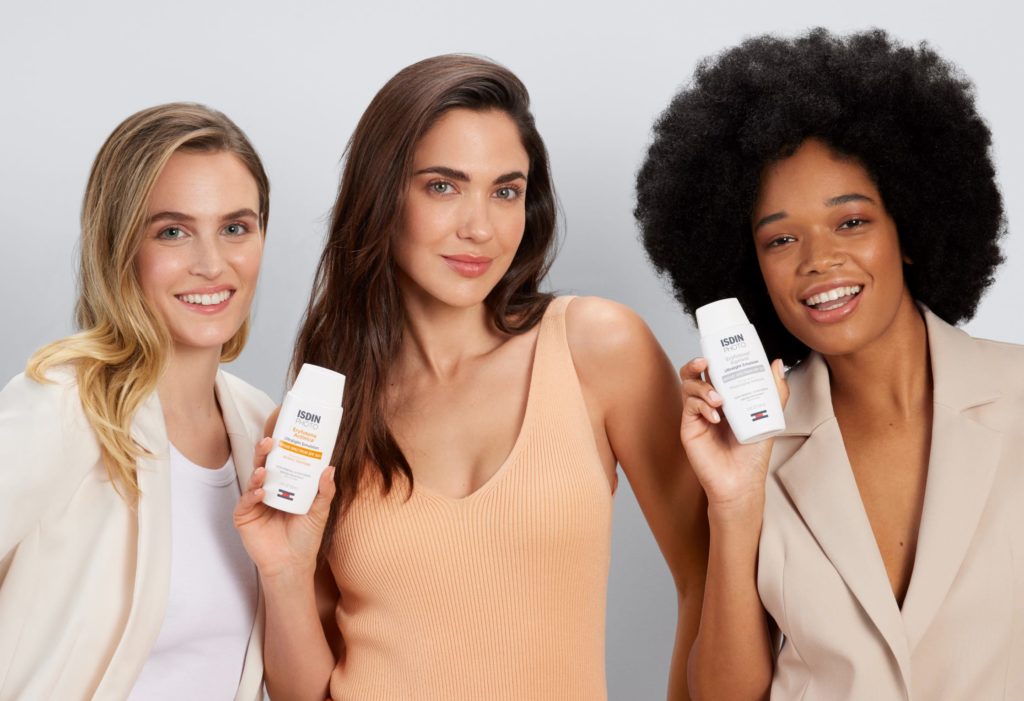
Ok, I think I got it. Can I head to the beach now?
Almost! Let’s go over a quick checklist:
- Is your sunscreen SPF 30 or up?
- Is it broad spectrum and water resistant?
- Did you read your sunscreen label to know how much and when to apply?
- Do you have a cool, shady place to store your sunscreen?
- Got a hat and a coverup?
- How about a big bottle of water?
If you said yes to all of the above, you’re ready to hit the beach. Now, go on and have some fun in the sun.
Sources and references:
Naidoo, K., Birch-Machin, MA. Oxidative Stress and Ageing: The Influence of Environmental Pollution, Sunlight and Diet on Skin. In Cosmetics (2017): 4, 4.
https://www.aad.org/public/everyday-care/sun-protection/sunscreen-patients/sunscreen-faqs
[ad_2]

